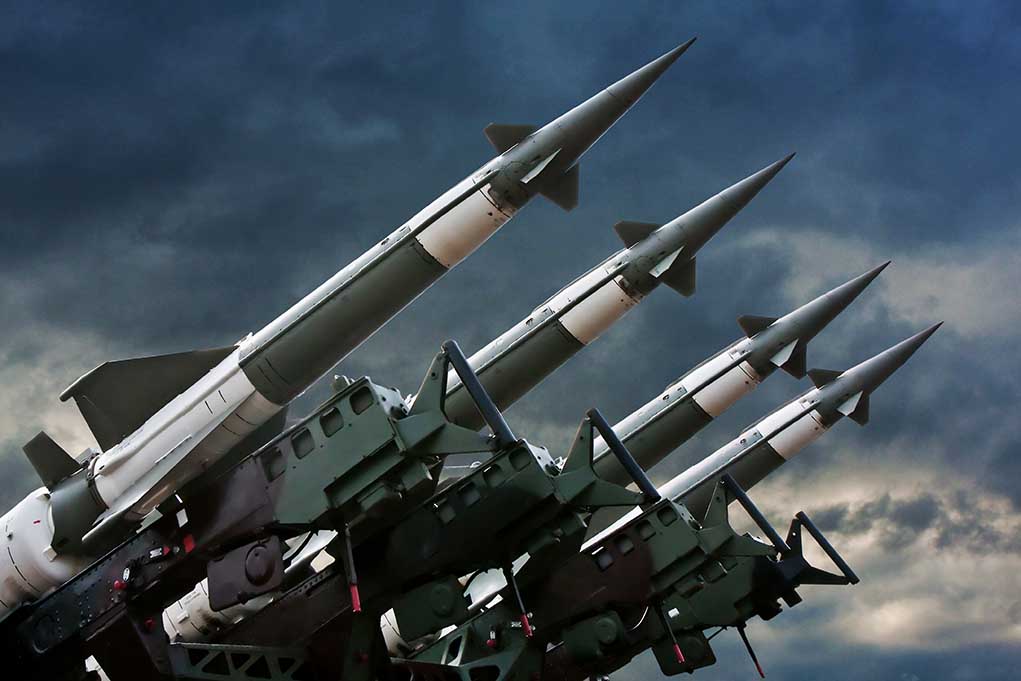
Trump administration diverts 20,000 critical anti-drone missiles from Ukraine to U.S. forces in the Middle East, leaving Zelenskyy’s forces vulnerable to increased Russian Shahed drone attacks.
Key Takeaways
- President Trump redirected 20,000 anti-drone missiles originally intended for Ukraine to U.S. troops in the Middle East following an urgent directive from Defense Secretary Pete Hegseth.
- The missiles were previously secured by Zelenskyy under the Biden administration specifically to counter Russian Shahed drone attacks.
- No new military aid packages have been approved for Ukraine under the Trump administration, despite Russia reportedly preparing to launch over 500 long-range drones per night in future attacks.
- Zelenskyy has urged the U.S. to reaffirm its support for Ukraine while backing a U.S.-proposed 30-day ceasefire deal and calling for new economic sanctions against Moscow.
- Defense Secretary Hegseth was notably absent from the Ukraine Defense Contact Group meeting that coincided with the missile redirection decision.
America First: Trump Prioritizes U.S. Forces Over Ukraine Aid
Ukrainian President Volodymyr Zelenskyy revealed that the Trump administration has redirected 20,000 anti-drone missiles originally earmarked for Ukraine to American forces in the Middle East. These specialized weapons were meant to counter the increasing threat of Iranian-designed Shahed drones that Russia has deployed against Ukrainian targets. The redirection follows an urgent call by Defense Secretary Pete Hegseth on June 4, who deemed the reallocation an “urgent issue” for American forces potentially facing conflicts with Iran and Houthi rebels in Yemen.
This decision marks a significant shift in American policy toward the Ukraine conflict. While the Biden administration had previously secured an agreement to provide these specialized anti-drone missiles to Ukraine, the Trump administration has taken a different approach, focusing on America’s immediate defense needs in the Middle East rather than continuing to arm Ukraine in its conflict with Russia. Defense Secretary Hegseth’s absence from a critical Ukraine Defense Contact Group meeting further signals this policy realignment.
Trump admin diverted 20,000 anti-drone missiles it promised to Ukraine and sent them to US troops, Zelensky says https://t.co/gCwyCY9YtH pic.twitter.com/BD1JKJBhbS
— New York Post (@nypost) June 8, 2025
Zelenskyy’s Growing Concerns Over Increased Drone Attacks
Zelenskyy expressed serious concerns about Ukraine’s ability to defend against Russian drone attacks without these specialized missiles. According to Ukrainian military intelligence sources, Russia is preparing to dramatically escalate its aerial assault capabilities, potentially launching over 500 long-range drones per night in future attacks. The absence of these anti-drone missiles significantly hampers Ukraine’s defensive capabilities against such an onslaught, leaving civilian infrastructure and military positions increasingly vulnerable.
“We have big problems with Shaheds,” Zelenskyy told ABC News’ “This Week.” “We counted on this project — 20,000 missiles. Anti-Shahed missiles. It was not expensive, but it’s a special technology,” said Volodymyr Zelenskyy, New York Post.
Despite this setback, Zelenskyy maintained that Ukraine would find alternative methods to counter the drone threat. However, the timing of this resource redirection is particularly problematic as Russian forces continue their offensive operations and increase their deployment of Iranian-designed drones. The specialized anti-drone technology represents a capability gap that cannot be easily filled through other means, putting additional pressure on Ukraine’s already strained air defense systems.
Trump’s Strategic Shift: Negotiation Over Military Aid
President Trump’s decision aligns with his campaign promises to prioritize American interests and push for a negotiated settlement to the Ukraine conflict rather than continuing the pattern of providing unlimited military aid. Since taking office, the Trump administration has not approved any new military aid packages for Ukraine, temporarily halting weapons shipments earlier this year before resuming them after a ceasefire framework was agreed upon in March. This approach represents a fundamental change from the previous administration’s policy.
“We are not kids with Putin at the playground in the park. This is why I am saying he is a murderer who came to this park to kill the kids,” he said.” said Volodymyr Zelenskyy, New York Post.
Zelenskyy continues to advocate for increased Western support, including backing Senator Lindsey Graham’s proposal for 500% tariffs on nations buying Russian energy products. The Ukrainian president has also expressed support for a U.S.-proposed 30-day ceasefire deal, signaling willingness to engage in diplomatic solutions. However, Moscow has thus far rejected ceasefire proposals, and despite conversations between President Trump and Russian President Vladimir Putin, the Trump administration has focused on negotiation rather than imposing new sanctions on Russia.
America’s Strategic Interests in the Middle East
The redirection of these anti-drone missiles to U.S. forces in the Middle East highlights the complex web of American strategic interests globally. With increasing tensions involving Iran and its proxies, including Houthi rebels in Yemen who have been attacking commercial shipping in the Red Sea, the Trump administration has prioritized protecting American forces and interests in this volatile region. This pragmatic approach places America’s immediate security concerns ahead of continued military support for Ukraine’s conflict with Russia.
“I am convinced that the president of the United States has all the powers and enough leverage to step up,” Zelenskyy said, adding that Ukraine already backs the 30-day cease-fire deal proposed by the US,” said Volodymyr Zelenskyy, New York Post.
Defense Secretary Hegseth’s decision to prioritize American forces over Ukrainian aid reflects the Trump administration’s commitment to putting American security first. The Pentagon’s characterization of the reallocation as an “urgent issue” suggests immediate threats to U.S. personnel that required prompt action. This America First approach represents a significant departure from previous policies that provided extensive military support to Ukraine without necessarily considering the direct impact on American strategic interests elsewhere in the world.

















